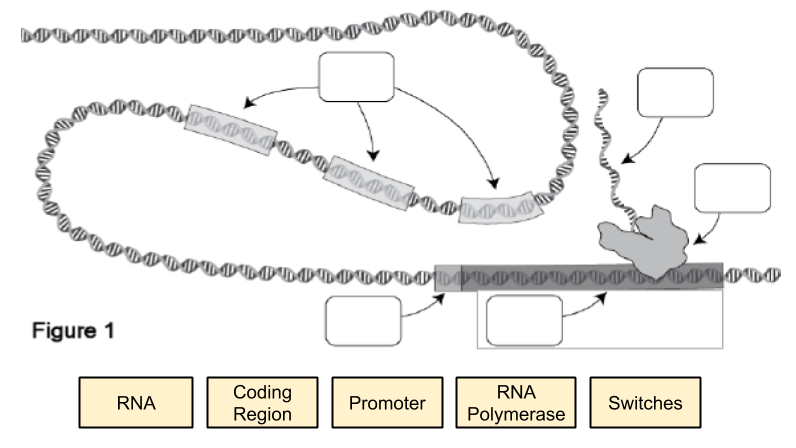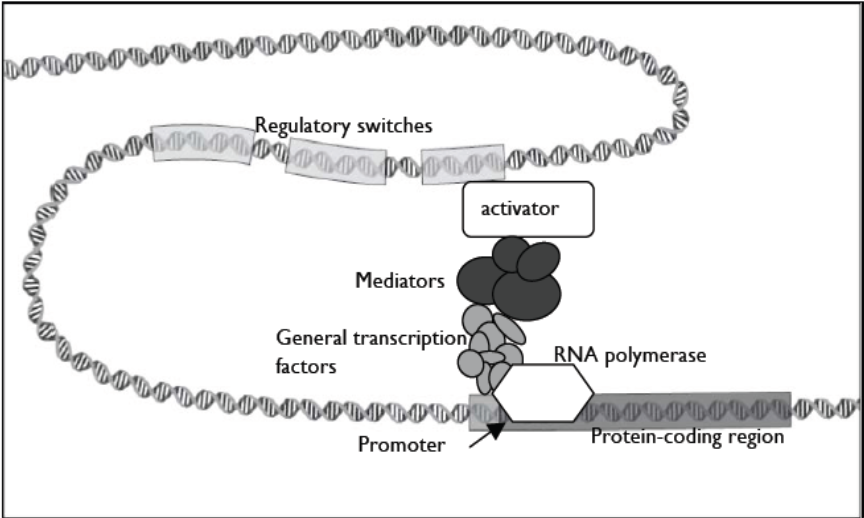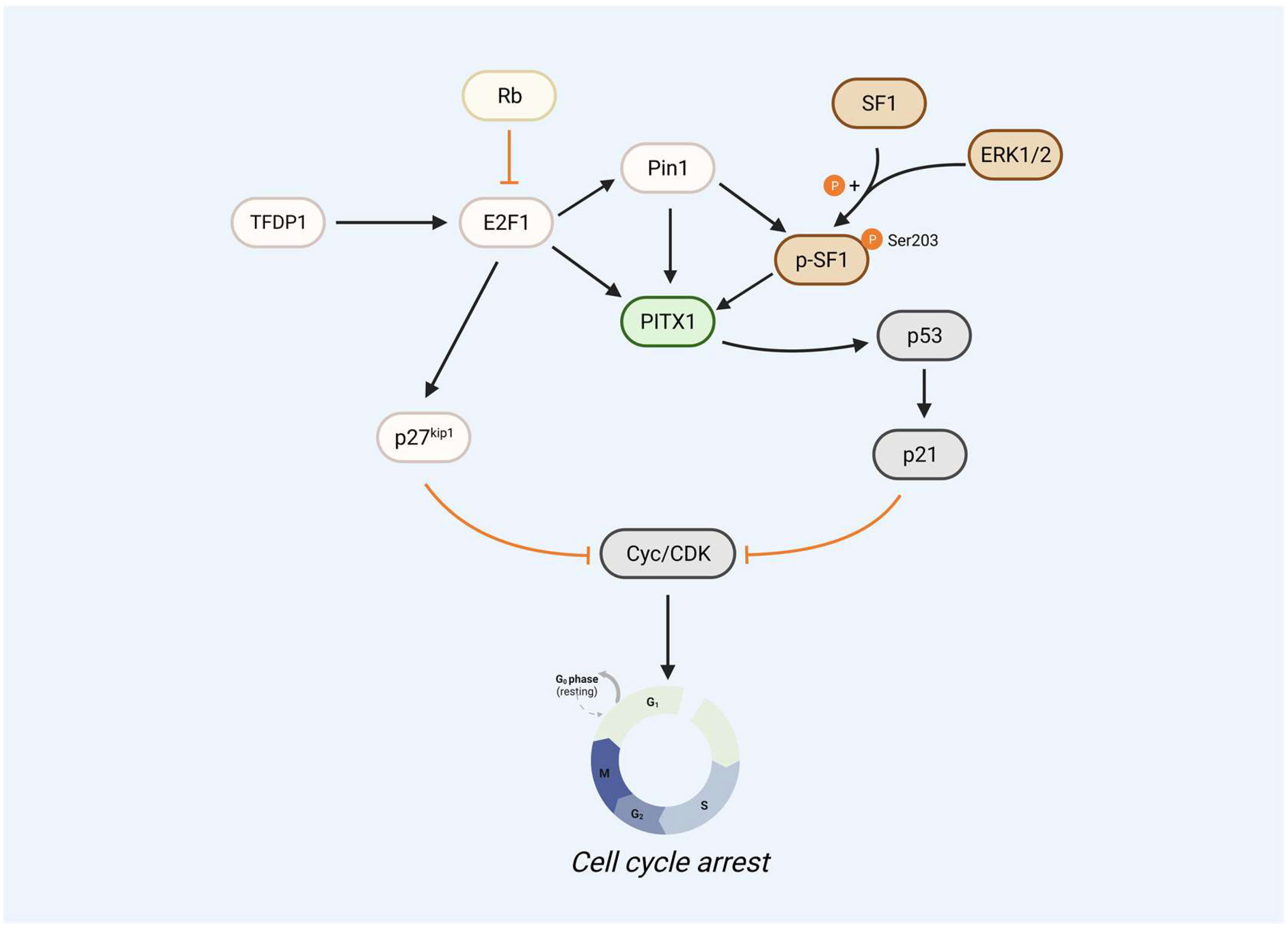Modeling The Regulatory Switches Of The Pitx1 Gene

Ever feel like you're being controlled by tiny switches you can't even see? Well, genes feel that way ALL the time. Especially Pitx1. It's not easy being a gene.
The Pitx1 Puppet Show
Think of the Pitx1 gene as a little puppet. Now, imagine a whole bunch of tiny, bossy stagehands. These stagehands are like regulatory elements, turning the puppet (Pitx1) on and off. What could go wrong?
Each stagehand (regulatory element) has a specific role. Some yell "Dance, puppet, dance!" turning Pitx1 on in a certain body part. Others shout "Freeze!" shutting it down elsewhere. Drama!
Building a Better Stage
So, how do we figure out who’s yelling what, and when? We build a virtual stage! It’s like a computer game where we recreate the whole Pitx1 puppet show.
We need to know the puppet's script first. What are all the different ways Pitx1 can act? And where? No pressure, researchers!
Then we figure out who holds the ropes. Identify the DNA sequences that control Pitx1 in different tissues. It's like detective work, but with molecules!
My Unpopular Opinion
Here's my hot take: Scientists spend too much time looking at the *big* picture. Like, the whole organism. Meanwhile, the real fun is in the tiny details! Don't @ me.
Specifically, all these complicated models? Sometimes I think a simple spreadsheet could do the trick. Okay, maybe not, but hear me out!
Seriously, sometimes the most complex equations just tell you what you already knew. Like, "if you turn the switch on, the light comes on." Revolutionary!
The Power of "Maybe"
The best part about modeling is playing "what if." What if we tweaked this regulatory element? What if we added another one? It’s like digital tinkering.
These simulations help us predict what will happen. We can see how Pitx1 might respond to different scenarios. Imagine the possibilities!
Think about evolutionary changes. How did small changes in these regulatory elements lead to big differences in animals? Fascinating stuff.
Why Bother with all the Drama?
Understanding Pitx1 is important because it's involved in limb development. And facial structure. You know, important stuff! Who wants a wonky face?
By modeling its regulation, we can learn about birth defects. And maybe even find ways to prevent them. Science for the win!
Plus, let's be honest, it's just plain cool. Recreating biological systems inside a computer? That's futuristic awesomeness right there.
So, the next time you see a fish with funky pelvic fins, remember Pitx1. That little puppet is working hard. Or maybe not hard enough! 😉
And remember my unpopular opinion. Keep it simple, scientists! Let's not overcomplicate the puppet show. The audience is getting bored!


















